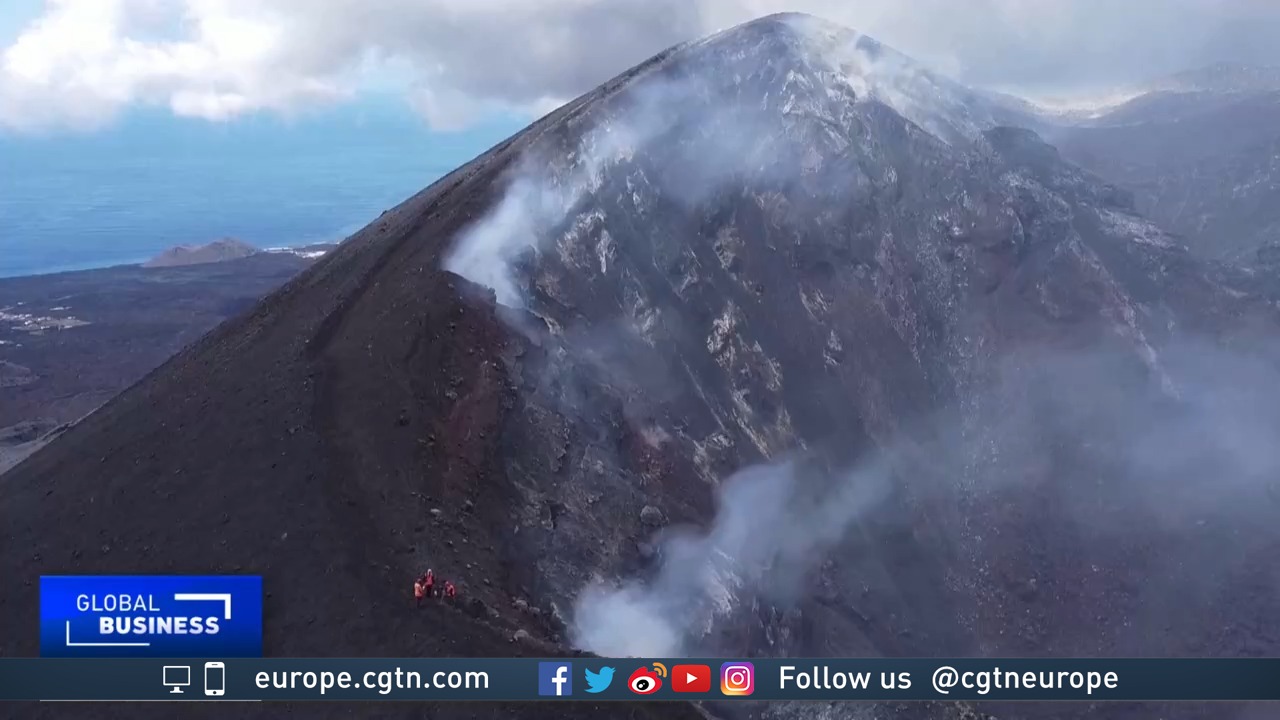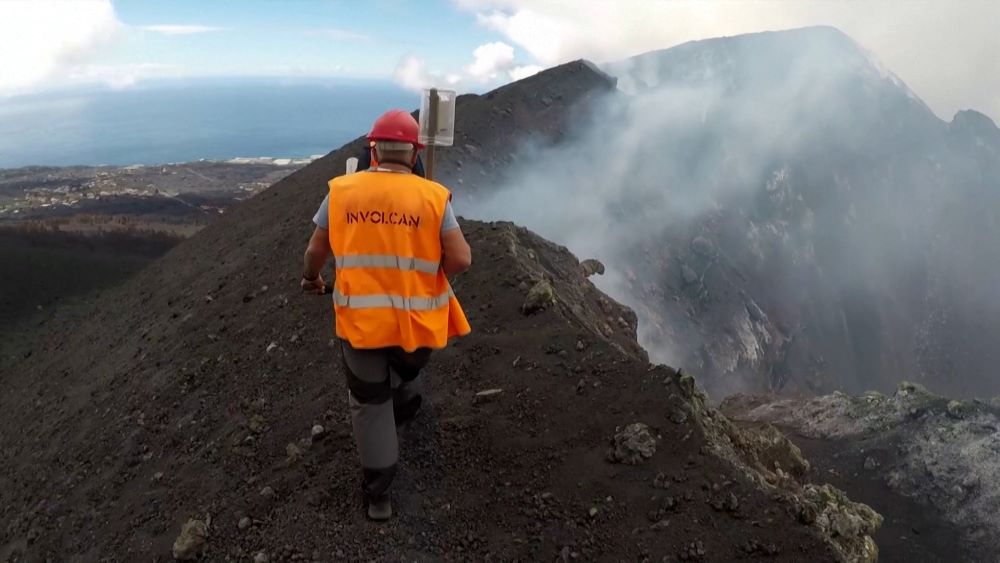02:02

Almost exactly a month since the volcanic eruption on the island of La Palma was officially declared over, scientists ventured inside the crater of the Cumbre Vieja hoping to collect valuable data on the 85-day eruption - the longest ever recorded in the island's history.
Giant Crater
Volcanologist Pedro Hernandez Perez was one of the lucky researchers who ventured to the edge of the volcano, and although it wasn't his first visit, the size of the crater still left him in awe.
"One thing that stands out when you enter, even if you have been there many times, are the dimensions, " said Perez. "Once you are inside you realize it's huge, gigantic. There are many craters and gas emissions continue to be very impressive from a visual perspective, even from kilometers away," he continued.
READ MORE
Ukraine civilians train with military
Waiting for Beijing 2022... in Northern Ireland
Norway's reindeer herders foil green transition
Human Cost
The eruption was the most devastating seen in Europe in 80 years and the residential areas of La Palma bore the brunt of the damage.
Around 3,000 buildings were destroyed by lava which covered an area of 1,219 hectares or 1,500 soccer pitches while 7,000 residents were evacuated.
Raul Perez is an emergency geologist with the Geological and Mining Institute of Spain. He told CGTN Europe life for most residents would never be the same again.
"The main challenge now for residents and authorities is trying to go back to normal, go back to normal coexisting with what was pushed out from the volcano, the island territory changed, thousands of hectares have been covered with lava, in populated areas and in industrial and farming areas," he said. "They will need to design a really good plan in order to go back to normal again."

Fearless scientists walk along the ridge of Cumbre Vieja's volcanic ridge./Reuters
Fearless scientists walk along the ridge of Cumbre Vieja's volcanic ridge./Reuters
Toxic Gas Threat
Another concern for the locals is that while the eruption is now over the dangers of toxic gases remain.
Gases such as sulfur dioxide and methane have been detected in the area and could be harmful to people living close to the volcano.
However, for the residents of La Palma, a more immediate concern is the huge clean-up operation which is now beginning to clear the ash and debris which has blanketed many parts of the island.
The Spanish government has pledged $453 million to help with the reconstruction of damaged buildings and roads but there have already been complaints that funds have been slow to arrive.
Many people are now left fearing that life "post-eruption" could be the hardest part of the ordeal.
Source(s): Reuters

